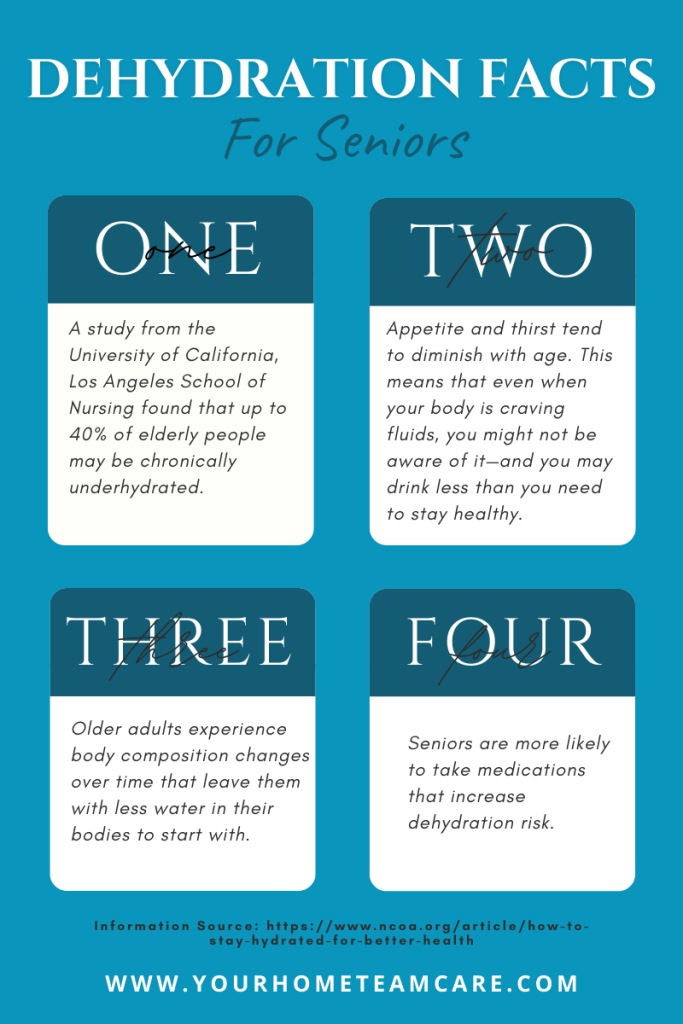What is Remote Patient Monitoring (RPM)?
Remote Patient Monitoring (RPM) uses technology to collect and transmit health data from patients outside of a traditional clinical setting. This data might include blood pressure, weight, blood glucose levels, heart rate, and even electrocardiograms (ECGs). The information is then sent securely to healthcare providers, allowing for proactive monitoring and intervention. This technology empowers patients to take a more active role in managing their own health, while giving clinicians a more comprehensive picture of their patients’ conditions over time.
How RPM Improves Patient Outcomes
RPM offers significant benefits for patients. For those with chronic conditions like diabetes, heart failure, or COPD, regular monitoring can help detect early warning signs of deterioration, preventing hospitalizations and emergency room visits. Early intervention often leads to better disease management and improved quality of life. Patients also benefit from increased engagement with their healthcare team, fostering a stronger sense of partnership and support. Furthermore, RPM can improve medication adherence, a crucial factor in successful chronic disease management.
The Role of Technology in RPM
The technology underpinning RPM is constantly evolving. Wearable sensors, connected medical devices, and smartphone apps play a crucial role in collecting and transmitting patient data. These technologies are becoming increasingly sophisticated, offering more accurate and comprehensive information. Cloud-based platforms securely store and analyze the data, providing clinicians with user-friendly dashboards to track patient progress and identify potential problems. The ease of use of these technologies is also a key factor, ensuring patient compliance and adoption.
Addressing Challenges in Implementing RPM
Despite its potential, the widespread adoption of RPM faces some challenges. One major hurdle is the reimbursement landscape. While many insurance providers are now covering RPM services, the complexities of billing and coding can be daunting for healthcare providers. Another challenge is ensuring patient engagement and technological literacy. Some patients may be hesitant to adopt new technologies, or may lack the necessary digital skills. Addressing these issues requires a multifaceted approach, including education, training, and user-friendly interfaces.
The Future of RPM: Integration and Expansion
The future of RPM is bright, with ongoing advancements in technology promising even more sophisticated monitoring capabilities. We can anticipate more integration with electronic health records (EHRs), allowing for a seamless flow of information between patients, providers, and other healthcare stakeholders. The expansion of RPM to encompass a wider range of conditions and patient populations is also likely. This includes its application in areas like mental health, where remote monitoring of symptoms and adherence to treatment plans could greatly benefit patients.
RPM and the Transformation of Healthcare Delivery
Remote Patient Monitoring is poised to significantly transform healthcare delivery. It allows for a shift from reactive, episodic care to proactive, preventative care, resulting in better patient outcomes and lower healthcare costs. By empowering patients and improving the efficiency of healthcare systems, RPM is paving the way for a more accessible, affordable, and effective healthcare system for all. The ongoing development and refinement of RPM technologies will continue to shape the future of healthcare, ensuring that patients receive the right care, at the right time, in the right place.
Data Security and Privacy in RPM
The collection and transmission of sensitive patient data necessitate robust security and privacy measures. Compliance with regulations such as HIPAA is crucial to protect patient information. The use of secure data encryption and access control mechanisms is essential to prevent unauthorized access and breaches. Furthermore, transparency and informed consent are paramount, ensuring that patients understand how their data is being collected, used, and protected. The ethical considerations surrounding data privacy are an ongoing area of focus in the development and implementation of RPM. Click here to learn more about the remote patient monitoring market.




